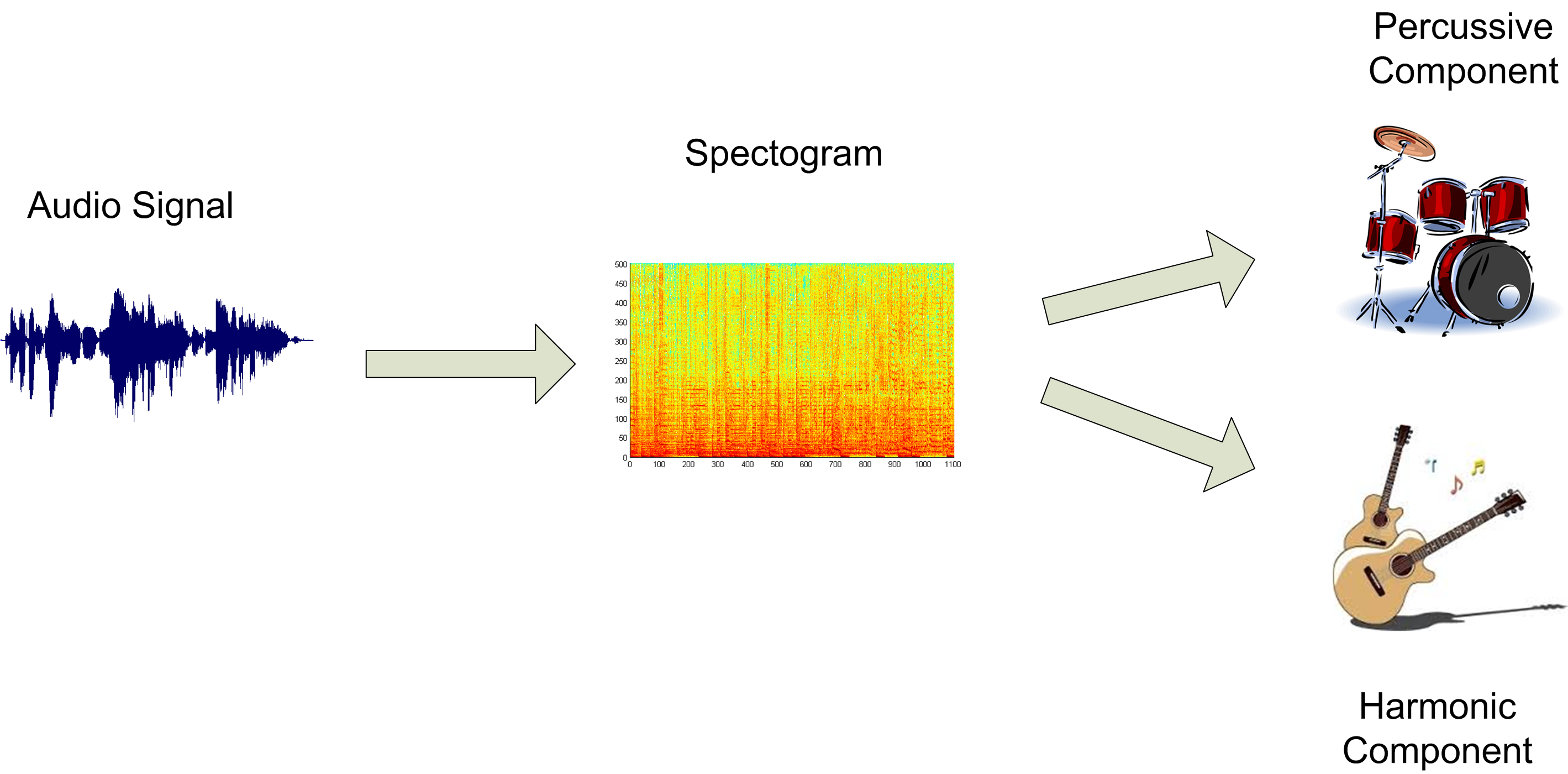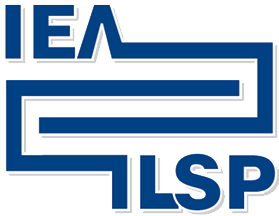Percussive & harmonic content separation

The aim of the Harmonic/Percussive separation is to decompose the original music signal to the harmonic (i.e. pitched instruments) and the percussive (non pitched instruments, percussion) parts of the signal. Such methods can be applied to audio mixing software, or can be adopted as preprocessing on other Music Information Retrieval Methods such as rhythm analysis or chord/tonality recognition.
The method is based on the assumption that harmonic components exhibit horizontal lines on the spectrogram while the percussive sounds are evident as vertical lines. By adopting Non-Linear image filters applied to the spectrogram in order to filter out these component, the proposed method is simple, intuitive and does not make any prior assumption of the genre,style or instrumentation of the target music.
Examples
Below are some examples of the original music excerpt along with automatically separated harmonic & percussive parts.
- Classical music
Original
Harmonic part
Percussive part - Disco music
Original
Harmonic part
Percussive part
Related work
- Gkiokas, Aggelos, Vassilis Papavassiliou, Vassilis Katsouros, and George Carayannis. "Deploying nonlinear image filters to spectrogram for harmonic/percussive separation." In 15th International Conference on Digital Audio Effects. 2012.
- Gkiokas, Aggelos, Vassilios Katsouros, George Carayannis, and T. Stajylakis. "Music tempo estimation and beat tracking by applying source separation and metrical relations." In Acoustics, Speech and Signal Processing (ICASSP), 2012 IEEE International Conference on, pp. 421-424. IEEE, 2012.
- Fitzgerald, Derry. "Harmonic/percussive separation using median filtering." In 13th International Conference on Digital Audio Effects. 2010.
- Ono, Nobutaka, Kenichi Miyamoto, Jonathan Le Roux, Hirokazu Kameoka, and Shigeki Sagayama. "Separation of a monaural audio signal into harmonic/percussive components by complementary diffusion on spectrogram." In Proc. EUSIPCO. 2008.

